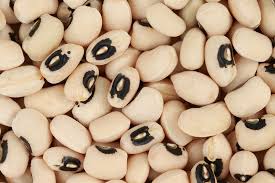

Black eyed beans
₦16,000.00 Original price was: ₦16,000.00.₦15,000.00Current price is: ₦15,000.00.
Black-eyed beans, also known as cowpeas, are small, creamy white legumes with a distinctive black “eye” marking. They are rich in protein, fiber, and essential vitamins and minerals, supporting digestive health and heart health. Versatile in soups, salads, and casseroles, they offer a mild, nutty flavor. Store dried beans in a cool, dry place for up to a year.
Description
Black-eyed beans, also known as black-eyed beans, are a variety of legume grown around the world for their edible seeds. They are scientifically classified as Vigna unguiculata and belong to the family Fabaceae. Black-eyed beans are easily recognizable by the distinctive black “eye” marking on their creamy white skin.
Botanical Description
- Scientific Name: Vigna unguiculata
- Family: Fabaceae
- Other Common Names: Cowpeas, Southern peas, field peas
- Plant Description:
- Type: Annual herbaceous plant.
- Height: Varies from short, bushy types to long, trailing vines.
- Leaves: Trifoliate leaves with ovate to lanceolate leaflets.
- Flowers: Small, white or purple flowers.
- Pods: Long, narrow, and cylindrical, containing the seeds.
Physical Characteristics
- Size: The seeds are small, typically about 1 cm in length.
- Shape: Kidney-shaped or oval.
- Color: Creamy white with a prominent black spot (the “eye”) at the hilum.
- Texture: Smooth and firm when dry; softens when cooked.
- Aroma and Flavor: Mild, earthy, and slightly nutty flavor with a tender texture when cooked.
Nutritional Profile (per 100 grams of cooked black-eyed beans)
- Calories: Approximately 130 kcal
- Carbohydrates: Around 23.5 grams
- Protein: About 8.2 grams
- Fat: Less than 1 gram
- Fiber: Approximately 7 grams
- Vitamins and Minerals: Rich in folate, iron, magnesium, potassium, zinc, and vitamins A and B6.
Health Benefits
- Rich in Protein: Provides a plant-based source of protein, essential for muscle repair and growth.
- High Fiber Content: Supports digestive health and helps maintain regular bowel movements.
- Low in Fat: Contributes to a heart-healthy diet.
- Nutrient-Dense: High in essential vitamins and minerals, supporting overall health.
- Blood Sugar Regulation: The complex carbohydrates and fiber content help regulate blood sugar levels.
- Heart Health: Contains potassium and magnesium, which are important for cardiovascular health.
Culinary Uses
- Soups and Stews: Often used in hearty soups and stews, such as traditional Southern-style Hoppin’ John.
- Salads: Can be added to salads for extra protein and texture.
- Side Dishes: Commonly served as a side dish, simply cooked with seasonings.
- Casseroles: Incorporated into casseroles for added nutrition and flavor.
- Curries and Pilafs: Used in various curries and rice dishes in African, Asian, and Caribbean cuisines.
Traditional Recipes Using Black-Eyed Beans
- Hoppin’ John:
- Ingredients: Black-eyed beans, rice, bacon or ham hock, onions, bell peppers, celery, garlic, spices (such as thyme, bay leaf, and cayenne pepper).
- Preparation: Cook bacon, sauté vegetables, add beans and spices, simmer with rice until everything is tender.
- Black-Eyed Pea Salad:
- Ingredients: Cooked black-eyed beans, diced tomatoes, onions, bell peppers, corn, cilantro, lime juice, olive oil, salt, and pepper.
- Preparation: Mix all ingredients in a bowl and chill before serving.
- Curried Black-Eyed Beans:
- Ingredients: Black-eyed beans, onions, tomatoes, garlic, ginger, curry powder, coconut milk, cilantro.
- Preparation: Sauté onions, garlic, and ginger, add tomatoes and curry powder, stir in beans and coconut milk, simmer until flavors meld, garnish with cilantro.
Preparation and Cooking
- Soaking: Soaking dried black-eyed beans overnight reduces cooking time and improves digestibility.
- Cooking: Boil soaked beans for about 45 minutes to 1 hour until tender. For a quicker option, use a pressure cooker or canned beans.
- Seasoning: Beans can be cooked with various seasonings, including garlic, onions, bay leaves, and smoked meats for added flavor.
Storage
- Dried Beans: Store in an airtight container in a cool, dry place. They can last up to a year.
- Cooked Beans: Store in the refrigerator for up to 3-5 days. They can also be frozen for longer storage.
Cultural and Historical Significance
- African Cuisine: Staple food in many African countries, often used in traditional dishes.
- Southern United States: Integral to Southern cuisine, particularly noted in dishes like Hoppin’ John, which is traditionally eaten on New Year’s Day for good luck.
- Nutritional Staple: Historically important as a reliable source of nutrition in various cultures due to their hardiness and nutritional profile.
Safety and Precautions
- Allergies: Although rare, some individuals may be allergic to legumes, including black-eyed beans.
- Proper Cooking: Ensure beans are fully cooked to avoid digestive discomfort.
Additional information
| Weight | N/A |
|---|---|
| Package Size | 2kg |
Related products
-
Sale!
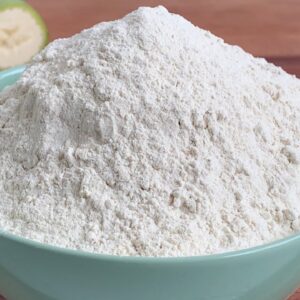
Plantain Flour
₦7,000.00Original price was: ₦7,000.00.₦6,000.00Current price is: ₦6,000.00. Select options This product has multiple variants. The options may be chosen on the product page -
Sale!
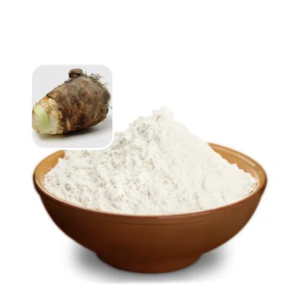
Cocoyam Powder
₦3,000.00 – ₦12,000.00Price range: ₦3,000.00 through ₦12,000.00 Select options This product has multiple variants. The options may be chosen on the product page -
Sale!
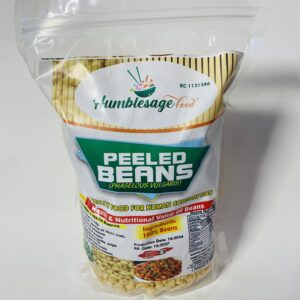
Peeled Beans
₦7,000.00Original price was: ₦7,000.00.₦6,000.00Current price is: ₦6,000.00. Select options This product has multiple variants. The options may be chosen on the product page -
Sale!
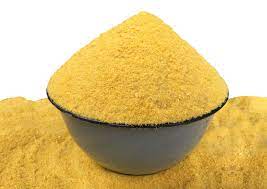
Yellow Garri
₦4,000.00 – ₦8,000.00Price range: ₦4,000.00 through ₦8,000.00 Select options This product has multiple variants. The options may be chosen on the product page

